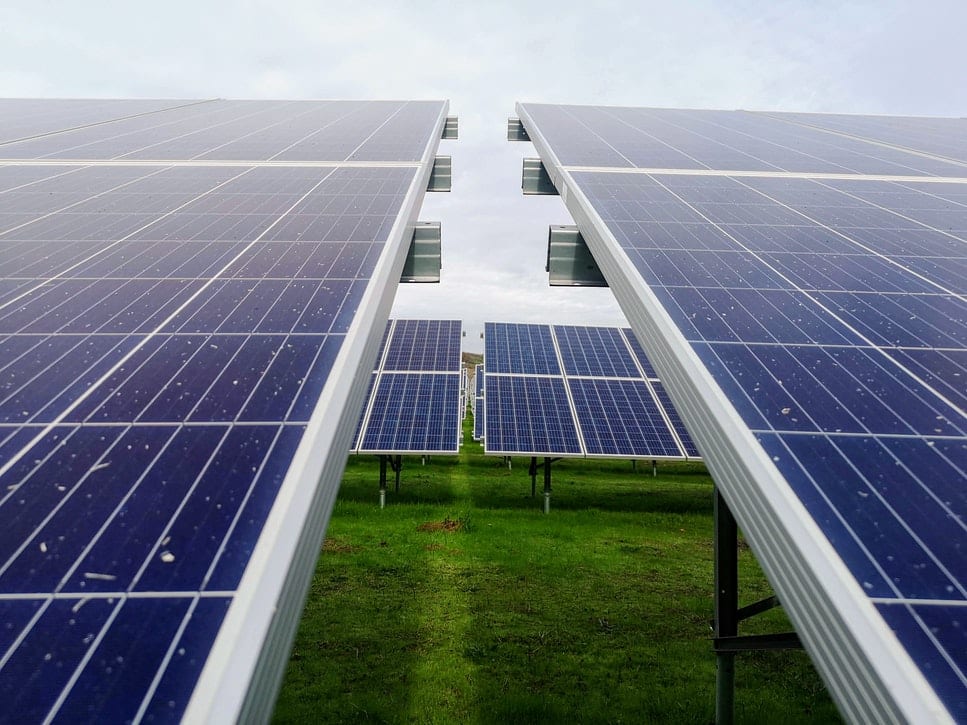New York electric utilities proposed a joint tariff providing four options to compensate projects pairing clean energy and storage to ensure that the “value stack” pricing components are available only when it is clear that energy exported to the distribution system originates from the eligible generating equipment, according to a June 19 filing with the New York Public Service Commission. Last March, the commission adopted the pricing mechanism to provide a more granular compensation method that takes into account locational and environmental benefits that were previously not quantified. The commission sought to compensate storage paired resources in a way that avoids inappropriate compensation for “non-green energy” that may be stored and discharged, and prevents uneconomic arbitrage while reflecting actual storage value. The utilities said that the first two options would require the system to exclusively charge from the generating equipment or precluding discharges when exports occur. The third and fourth options offer a metering solution when exports are not exclusively from the generating equipment, by subtracting the discharge from exports or reverting to monthly netting to compute the credits. The utilities are Central Hudson Gas & Electric Corporation, Consolidated Edison Company of New York Inc., New York State Electric & Gas Corporation, National Grid, Orange and Rockland Utilities Inc., and Rochester Gas and Electric Corporation.






